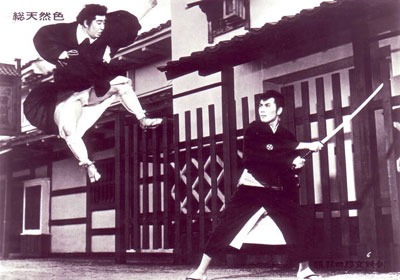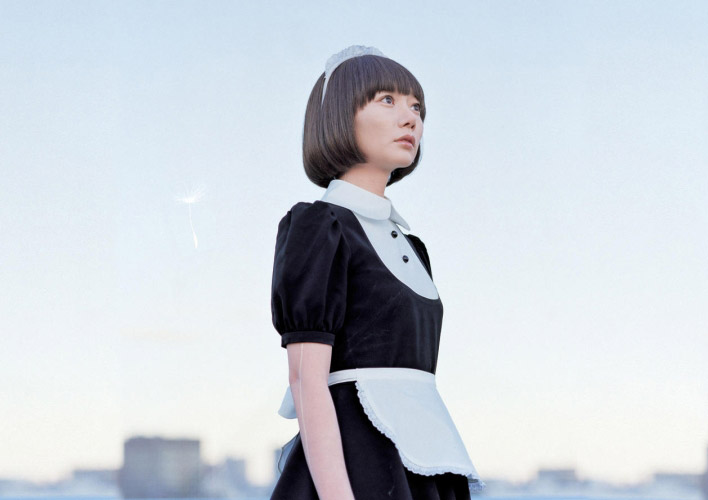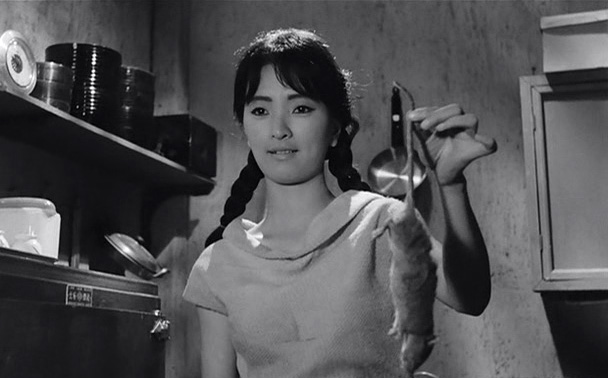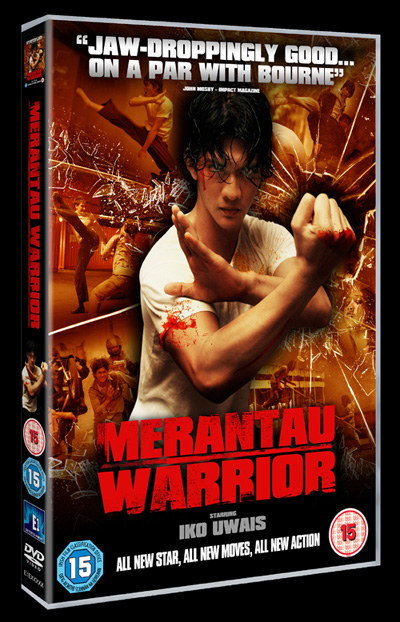 The omnibus horror film: Tales from the Crypt, Creepshow, Dr. Terror's House of Horrors, etc. -- if you're a fan of this mulit-vignette format and have an interest in Asian cinema, you can't go far wrong with Phobia. Four Thai filmmakers weave a queasy quartet of compact shockers, each a mini gem of supernatural outfreakage. Unlike other collective Asian efforts such as Three ... Extremes, where stories and techniques vary wildly according to the whims of their respective directors, here unity of purpose underlies the divergent directorial styles of the participants, providing a more natural progression from tale to tale.
The omnibus horror film: Tales from the Crypt, Creepshow, Dr. Terror's House of Horrors, etc. -- if you're a fan of this mulit-vignette format and have an interest in Asian cinema, you can't go far wrong with Phobia. Four Thai filmmakers weave a queasy quartet of compact shockers, each a mini gem of supernatural outfreakage. Unlike other collective Asian efforts such as Three ... Extremes, where stories and techniques vary wildly according to the whims of their respective directors, here unity of purpose underlies the divergent directorial styles of the participants, providing a more natural progression from tale to tale.First off we have a bit of cell phone horror with Yongyoot Thongkongtoon's Happiness. (If you don't know what I mean by "cell phone horror," I suggest you check out the excellent 2002 K-horror film Phone). Then it's on to bullies 'n black magic with Tit for Tat, courtesy of Paween Purikitpanya. This second installment is probably the most disturbing (you decide), so the third, Banjong Pisanthanakun's In the Middle, wisely opts for a more comedic approach. A group of young guys are on a white water rafting trip and before you ask, no, there are no buggering rednecks on hand; the horrors these four young guys encounter are strictly of their own making ...
 Last Flight, directed by Parkpoom Wongpoom, is by far the most claustrophobic, taking place as it does on a commercial airliner. It's also the only one to feature a vengeful female ghost, and before you say, "Oh no, not another one of those ... " well, just wait 'til you get a look at her. Not your daddy's Sadako ...
Last Flight, directed by Parkpoom Wongpoom, is by far the most claustrophobic, taking place as it does on a commercial airliner. It's also the only one to feature a vengeful female ghost, and before you say, "Oh no, not another one of those ... " well, just wait 'til you get a look at her. Not your daddy's Sadako ...Banjong Pisanthanakun and Parkpoom Wongpoom co-directed the creepy, photography horror-oriented Shutter (2004) -- that would be the original Thai production, not the tepid Hollywood remake. For my money, theirs are the best vignettes in the bunch, but the others are certainly strong contenders. I must say, I thoroughly enjoyed Phobia; everything just clicks, making for a rip-roaring supernatural thrill ride with a very definite Thai flavor.
Phobia will be released on DVD May 10th in the UK from Icon Home Entertainment. Not sure about a US release date. But if you're in the States and reading this, surely you're a dedicated foreign film fanatic and already own a region-free player, yes? So no problem then.






